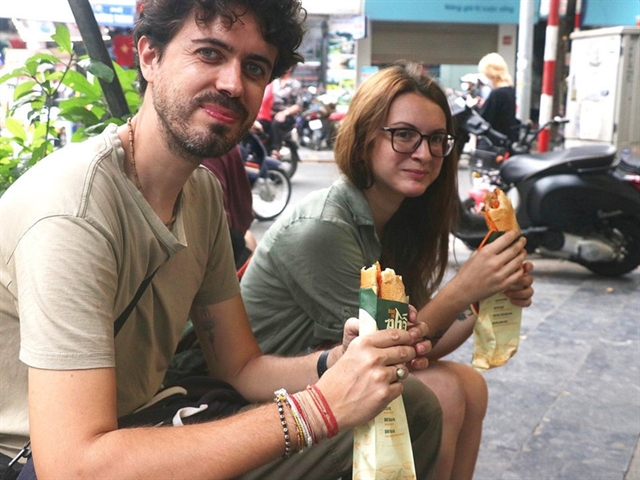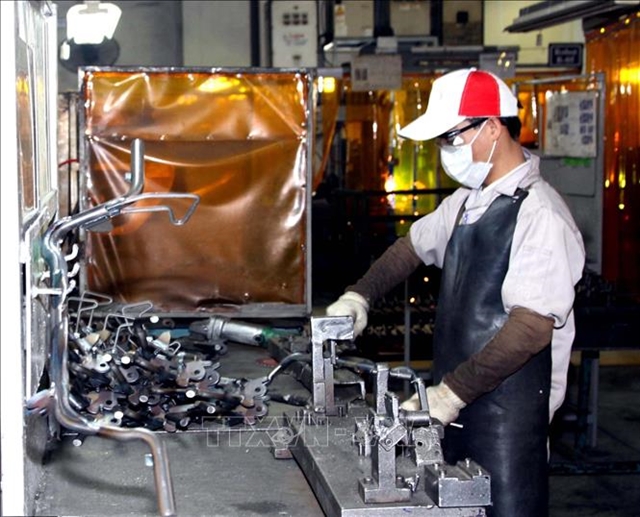 Life & Style
Life & Style

Thu Hà
Have you ever tried koel cake, a traditional delicacy from Bàu Sen Village in Nghệ An Province?
This cake is made from a unique rice, locally named Ba Tháng, cultivated exclusively in Bàu Sen. Unlike other places that utilise sweet potato or sticky maize, the villagers of Bàu Sen employ a distinct red rice from their own fields for the cake, according to 85-year-old Phan Thị Ngọt.
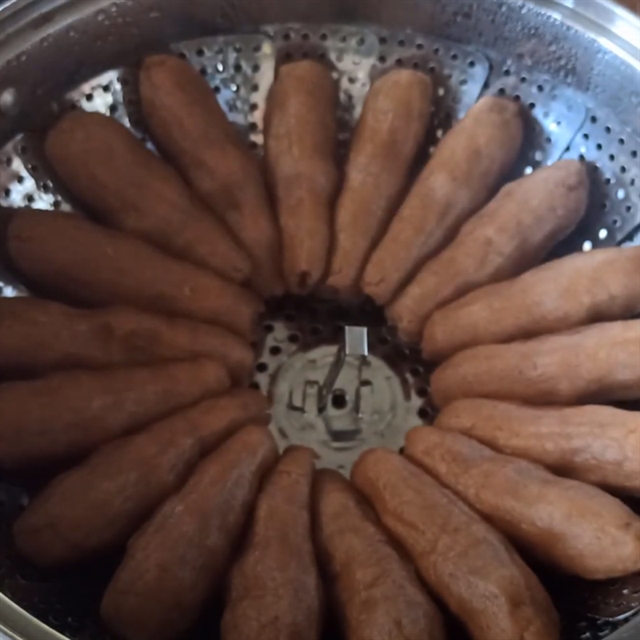 |
| Koel cakes are ready to be steamed. Photo dienmayxanh.com |
"I don’t know when the cake came into being, but I still remember that my mother often bought it as a gift for us when she returned home from the market, ever since I was a little girl. I can also never forget the joy each time she presented us with a cake which was tasty and soft with its own characteristic flavour,” Ngọt said.
She recalled that when the eighth lunar month approached, the ripe red rice was drooping down. Villagers harvested it, plucked its seeds, dried them and stored them in ceramic jars for later use.
Many of them used red rice to make koel cake.
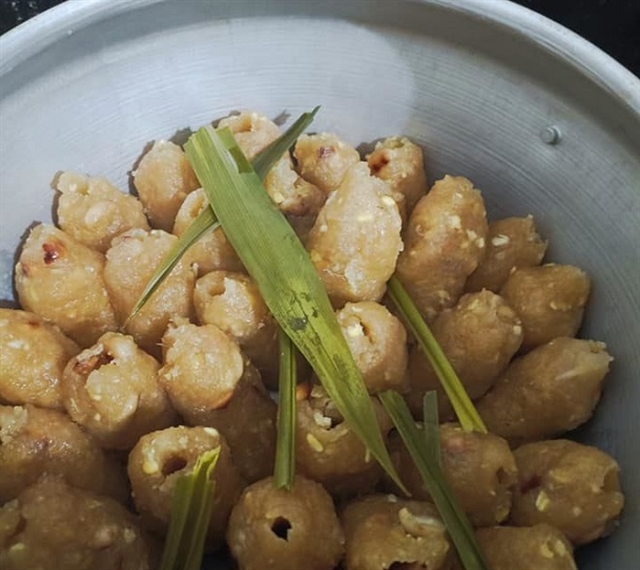 |
| Koel cake, a beloved treat not only for Nghệ An residents but also for enthusiasts from many other locations. Photo dienmayxanh.com |
Asked about the name of the cake, Ngọt said cooks made the two sides of the cake resemble a koel’s mouth, so people call it koel cake. A koel is a type of cuckoo bird found in Asia and Australasia.
After peeling its cover, the rice is ground into powder and sieved to obtain pure dried powder. This is then poured into a pot with water and cooked over a low flame, said Ngọt, adding that when it begins to boil, one should stir it continuously until it becomes condensed.
The condensed powder is kneaded and shaped into balls, each as big as a duck egg. Inside, a dumpling made of onion, peanut, or sesame is placed before steaming the cake.
Nowadays, traditional cooking processes are still maintained, but cooks use a machine to hull the rice instead of grinding it by hand as they did in the past.
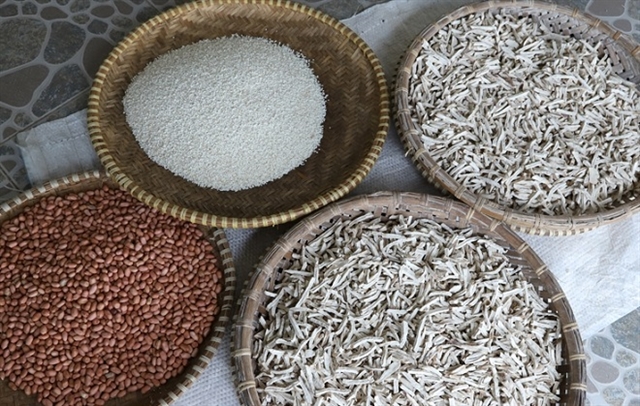 |
| Ingredients to make koel cake include sweet potato, peanut, sticky rice, sugar, and others. Photo nghengu.vn |
Ngọt said her daughter-in-law, Nguyễn Thị Thu, sells koel cake for VNĐ25,000 per kilo. “Excluding the costs of rice and other ingredients, we earn a profit of VNĐ200-300 per day.”
“Despite this, I still encourage my children to preserve the cooking process handed down from my ancestors to make the cake because it has been a popular rural gift carrying the special flavour of the Earth, the heavens, and human love,” Ngọt said.
Thu mentioned that she is very pleased because customers enjoy her cake immensely. “Many Nghệ An native Việt kiều who have been living abroad for years expressed joyfulness when tasting the cake. They told me that the cake reminded them of their peaceful childhood, especially during winter days when they would all sit around a wood fire, competing with each other to get a hot cake from a steamer. This sentiment serves as a significant motivation for us to continue preserving our craft.”
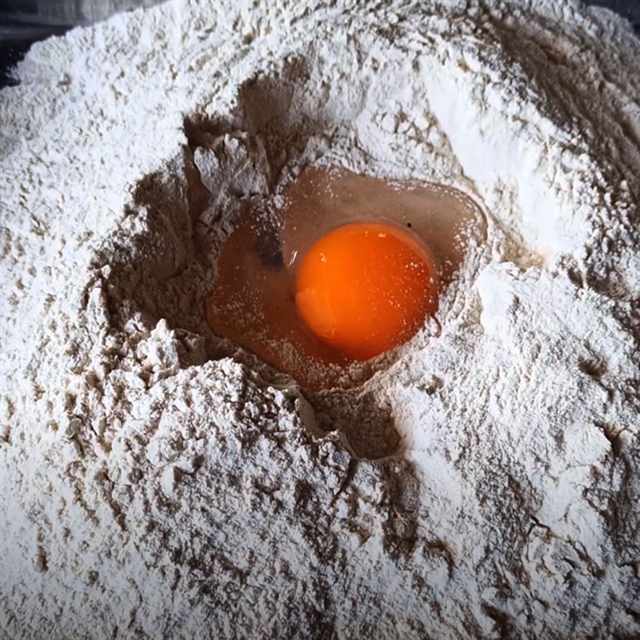 |
| The cake is even more enjoyable when mixed with chicken egg. Photo dienmayxanh.com |
She also sells it online through her Facebook and Zalo accounts and always strives to please her customers by shipping or finding ways to deliver the cake to them. As a result, her cake sells very well.
According to traditional medicine, sweet potato is excellent for nourishing the body, particularly improving kidney strength, reducing inflammation, and promoting healthy eyes, Thu said. VNS



